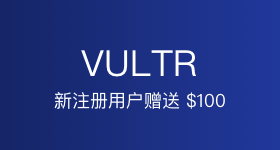How Meta enforces purpose limitation via Privacy Aware Infrastructure at scale
摘要
Purpose limitation, a core data protection principle, is about ensuring data is only processed for explicitly stated purposes. A crucial aspect of purpose limitation is managing data as it flows across systems and services. Commonly, purpose limitation can rely on “point checking” controls at the point of data processing. This approach involves using simple if statements in code (“code assets”) or access control mechanisms for datasets (“data assets”) in data systems. However, this approach can be fragile as it requires frequent and exhaustive code audits to ensure the continuous validity of these controls, especially as the codebase evolves. Additionally, access control mechanisms manage permissions for different datasets to reflect various purposes using mechanisms like access control lists (ACLs), which requires the physical separation of data into distinct assets to ensure each maintains a single purpose. When Meta started to address more and larger-scope purpose limitation requirements that crossed dozens of our systems, these point checking controls did not scale.
欢迎在评论区写下你对这篇文章的看法。


